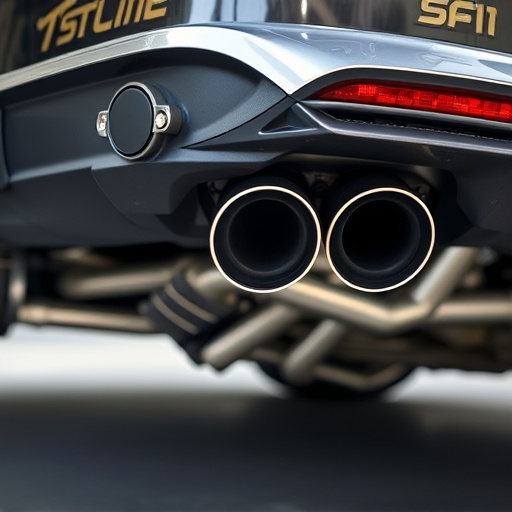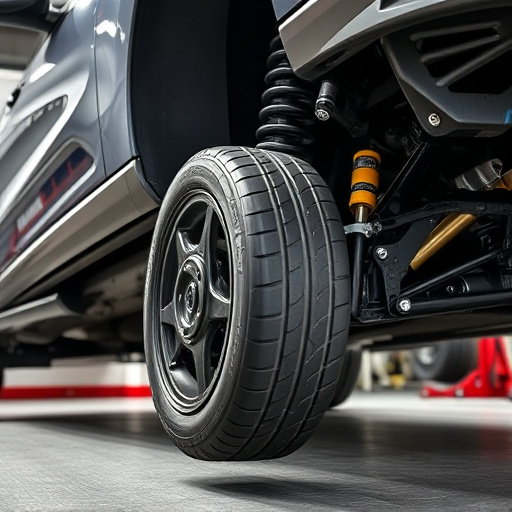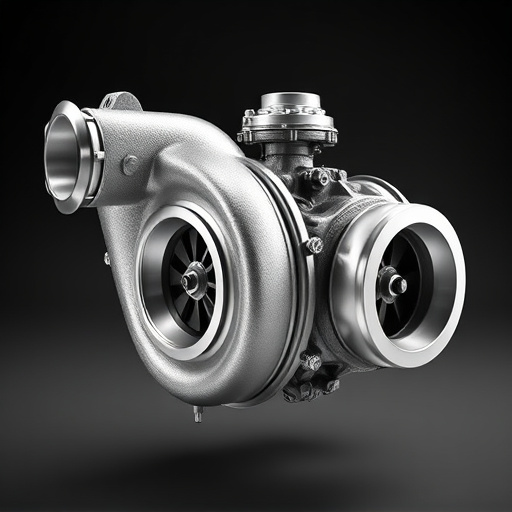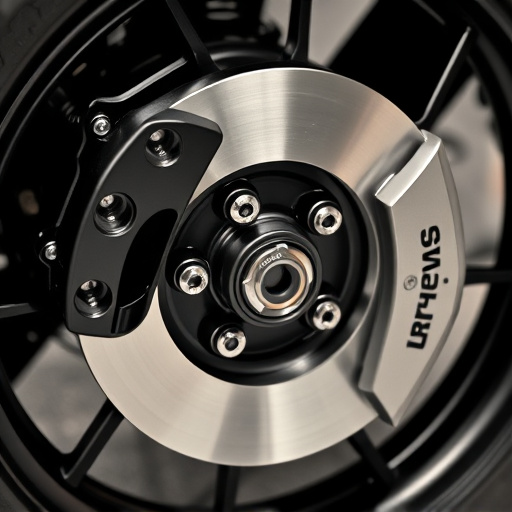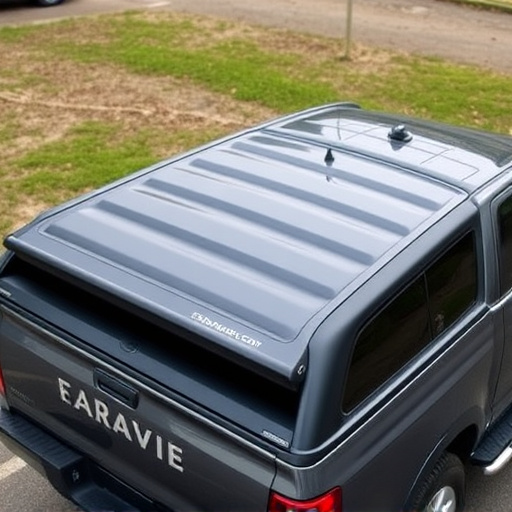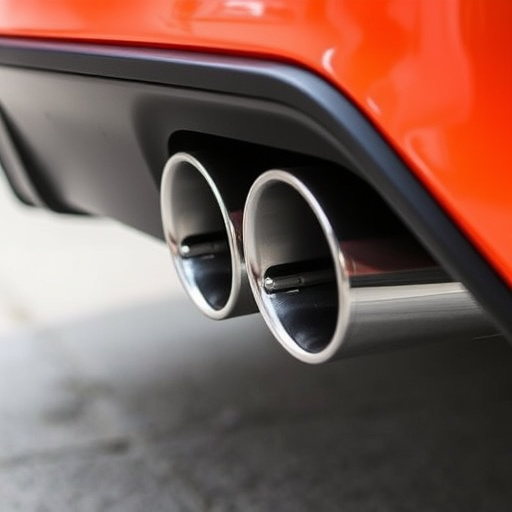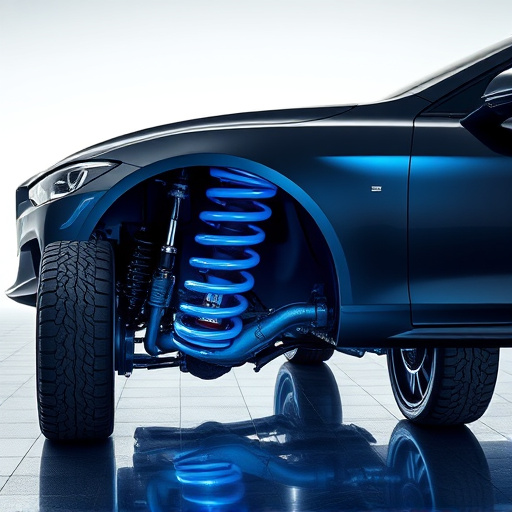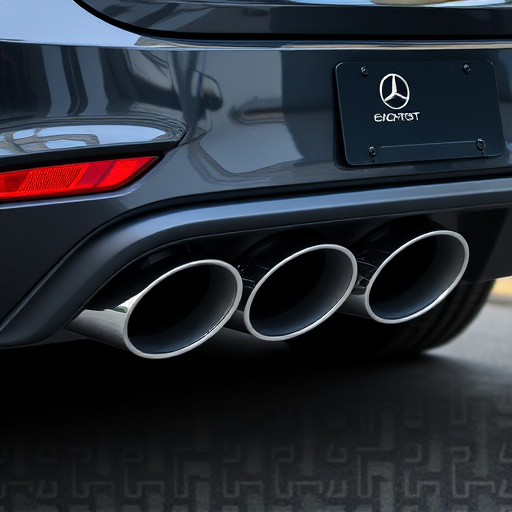Brake calipers, vital for vehicle stopping power, require regular inspection and maintenance. Conduct a pre-use check for damage, corrosion, or wear, ensuring all kit components are intact. Address common issues like worn pistons, corrosion, and debris buildup. Use high-quality parts from brake caliper rebuild kits to optimize airflow and braking performance. Regular checks prevent costly repairs and ensure safe driving.
Before tackling any brake repair, a thorough inspection of old calipers is paramount. This step is crucial when considering brake caliper rebuild kits, as it ensures you’re investing in the right parts. This guide walks you through understanding caliper function and common wear patterns, provides a comprehensive pre-use checklist for rebuild kits, and offers troubleshooting tips to identify issues before installation. Maximize your safety and braking performance by learning how to properly inspect old calipers.
- Understanding Brake Caliper Function and Wear
- Pre-Use Inspection Checklist for Caliper Rebuild Kits
- Troubleshooting Common Issues Before Installation
Understanding Brake Caliper Function and Wear
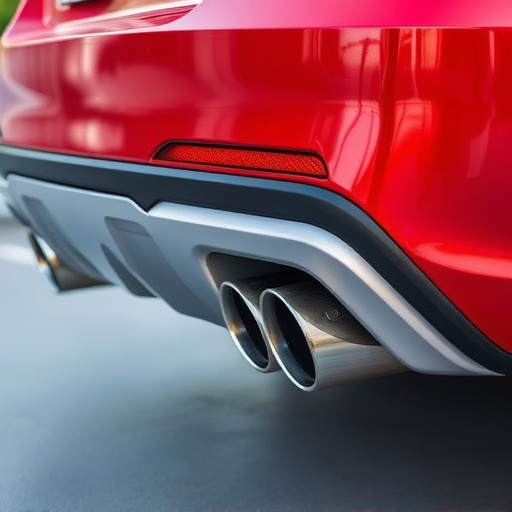
Brake calipers are a critical component of your vehicle’s braking system, responsible for clamping down on the brake pads to slow or stop the wheels. Understanding how they work and what wear looks like is essential before considering a brake caliper rebuild kit. Calipers typically grasp the brake pads with two or more pistons, squeezed by hydraulic pressure from your master cylinder. Over time, various factors can contribute to caliper wear, such as heat expansion, corrosion, debris buildup, and normal friction from pad contact. Signs of wear may include caliper scoring, pitting, misalignment, or leaking hydraulic fluid—all indicators that a rebuild or replacement might be necessary.
While performance exhaust and intake components often get the spotlight when it comes to enhancing vehicle performance, don’t overlook the importance of well-maintained braking systems. Just as a car needs reliable engine parts to run smoothly, effective brake calipers are crucial for safe driving. Regular inspection and timely maintenance, including considering a brake caliper rebuild kit if necessary, play a significant role in ensuring both optimal vehicle performance and driver safety.
Pre-Use Inspection Checklist for Caliper Rebuild Kits
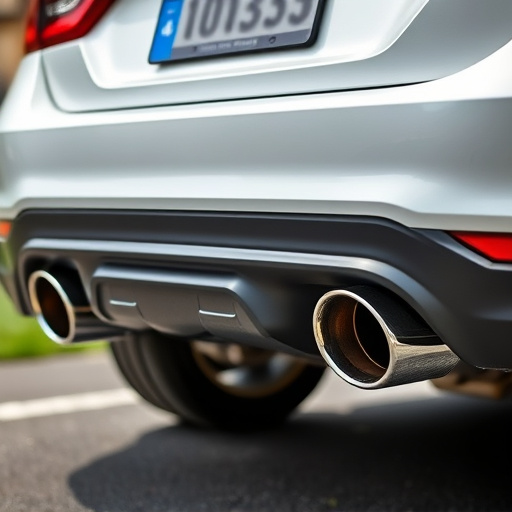
Before attempting a brake caliper rebuild with a kit, conduct a thorough pre-use inspection to ensure optimal performance and safety. Start by visually examining the calipers for any signs of damage, corrosion, or wear. Check for cracks, pitting, or deformations that could indicate structural integrity issues. Verify that all components within the kit are present and in good condition, including pistons, seals, springs, and hardware. Ensure all moving parts operate smoothly and are free from debris or binding.
Additionally, inspect the caliper’s mounting surfaces on the wheel rim for any irregularities or damage. Look for proper alignment with the suspension components and ensure there are no signs of misalignment that could affect braking efficiency. Verify the integrity of brake fluid lines and their connections to both the calipers and master cylinder, replacing any cracked or damaged muffler tips or intake components as needed. Lastly, check the overall cleanliness of the caliper assembly, removing any debris or contaminants that might interfere with smooth operation.
Troubleshooting Common Issues Before Installation
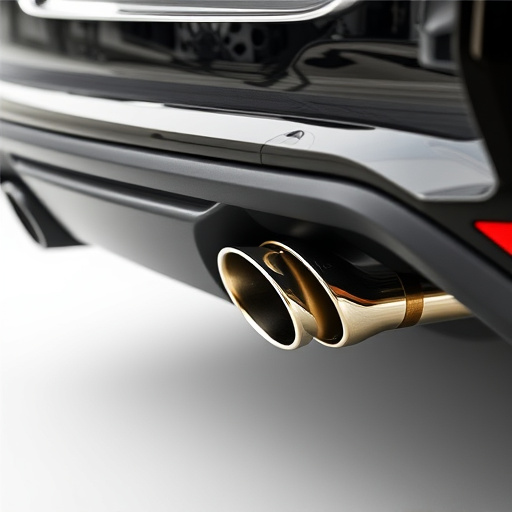
Before tackling a brake caliper rebuild, it’s crucial to identify and troubleshoot common issues that could lead to subpar performance or even safety hazards. One frequent problem is wear and tear on the caliper piston, which can result in a stuck or frozen caliper. This often manifests as reduced braking power or a soft brake pedal. Inspecting the caliper for any signs of corrosion, debris buildup, or damage is essential; such issues could impede the smooth operation of the rebuild kit’s components.
Another typical challenge involves defective or outdated brake pads and rotors. Outdated brake components can cause the caliper to drag, leading to increased wear and reduced braking effectiveness. Ensuring that your caliper rebuild kit includes high-quality performance air filters and other relevant parts, such as an air filter kit designed for optimal airflow and reduced dust, is vital for achieving maximum braking performance. Regularly checking these aspects of your brake system can save time and money in the long run.
Before diving into a brake caliper rebuild, a thorough inspection of old calipers is essential. Using a pre-use checklist ensures you identify any wear or damage that might require attention. By troubleshooting common issues beforehand, you can save time and effort, ensuring your new rebuild kits function optimally. Remember, proper inspection and preparation are key to safe and effective brake system upgrades.



